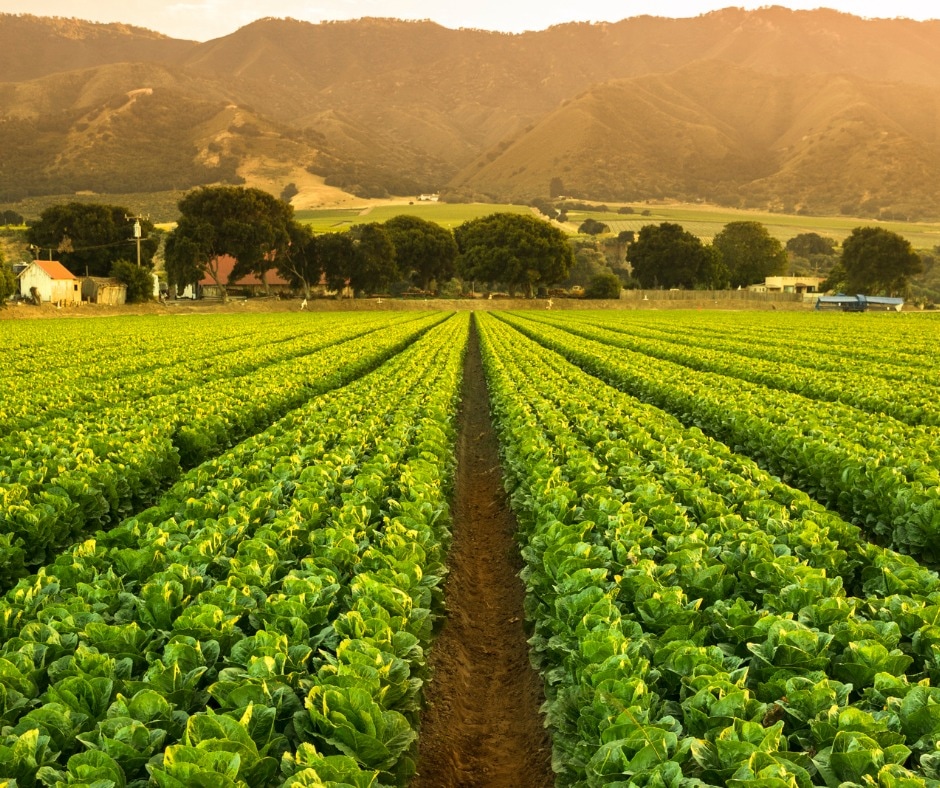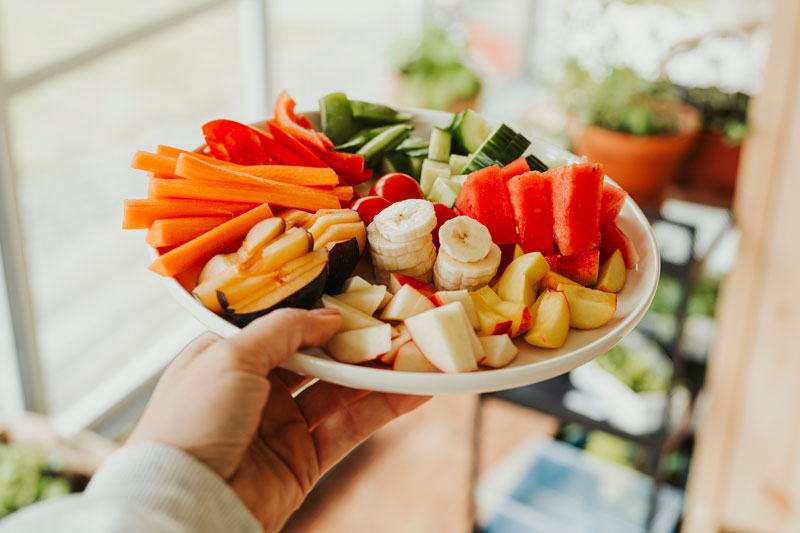Families gathered around tables laden with homegrown food. Farmers’ markets in the local square. Shopping at the Mom and Pop grocery store in town. Many have an idyllic perception of rural life that includes easy access to an abundance of fresh food.
Ironically, in rural American communities — the very places that produce the food that feeds our nation — many people don’t have easy access to healthy food themselves. A 2018 study by the Food Research & Action Center (FRAC) shows that 16.5% of rural households dealt with food insecurity compared to 13.5% of metropolitan households. 1
Food insecurity, a lack of ready access to affordable, nutritious food, is a problem around the nation, but its prevalence varies geographically. According to the World Health Organization, of the counties in America with the highest food insecurity rates, 76% are rural, and 89% of those areas are in the South. One snapshot from the study reflects that fact: of Mississippi’s 82 counties, 11 have food insecurity rates that top 30%. 2
The consequences of food insecurity in rural communities extend well beyond what’s for dinner. Studies show that, in the long term, food insecurity impacts physical and mental health, productivity, learning and development in children, and family life. 3 It’s clear that addressing food insecurity in rural America will help improve the lives of millions of people in communities around the country. Let’s start with what’s driving it.
The causes
Living in rural America presents several unique challenges that increase the likelihood of food insecurity.
Poverty — Poverty rates in rural areas are higher than they are in urban centers. A 2015 study shows that in rural areas, 16.7% of the population was poor compared to 13% in urban areas and 10.8% in suburban areas outside large cities. 4 Several factors drive rural poverty. The job market in rural areas tends to be tighter, and forces including globalization and mechanization having been driving jobs out of rural areas for decades. And having a job doesn’t guarantee that you can cover the necessary expenses. Almost one-third of the working poor in rural America has an income of $12,000 for a family of four. That’s a family income below 50% of the poverty line.5
Food deserts — A food desert is an area where it’s difficult to buy affordable, fresh food. Most people associate them with urban areas, but food deserts are common in rural communities, too. Due to lagging economies and pressure from national chains, many small-town grocery stores have closed. That leaves residents to drive long distances to the nearest grocery to pick up fresh food and staples or buy food at convenience stores and fast-food restaurants that tend to feature low-quality nutrition. Compounding the problem, the nearest food pantry may be several hours away. 6
Health — According to a 2017 study by the United States Department of Agriculture, food insecurity is strongly connected with poor health and chronic disease, which disproportionately impact people living in rural areas. 7 Sadly, it’s a “catch-22” when it comes to food insecurity and the health of rural Americans. The lack of accessible, affordable, nutritious food in these communities is at the root of many health problems. At the same time, when a person has a chronic disease or health issue, they may have reduced mobility, limiting the ability to exercise and causing higher health care bills, which in turn limit the budget for healthy food.
Age — Rural America tends to be older. One study shows that 17.5% of the nation’s rural population is 65 years or older, compared to 13.8% in urban areas. And in the rural areas of some states – particularly in the center of the country -- more than half the population is older. 8 With age comes complications that can increase food insecurity, including reduced mobility, living alone, limited budgets, and chronic health conditions.
The solutions
So living food insecurity in rural America requires out-of-the-box thinking about programs and supports that can be effectively extended into small communities around the nation.
SNAP — Residents in rural America have the highest participation in the Supplemental Nutrition Assistance Program (SNAP), which provides nutrition to low-income citizens. According to FRAC, 16% of rural households participate in SNAP, compared to 13% in metro areas. 9 But with food insecurity continuing to be an issue in rural areas, it’s clear that more work needs to be done to extend SNAP benefits.
Charitable meal delivery — Charities like local food banks and volunteer delivery services work hard to put food on the table around the nation, but that’s easier to do in densely populated cities. Serving rural clients requires traveling long distances to deliver food, maintaining extended supply chains, and managing complicated logistics. Outreach efforts are helping bridge the gap. Some foodbanks are using mobile food pantries to reach smaller communities and are working with local farmers to provide fresh produce for community members in need.
Public private partnerships — Companies and community groups are also collaborating to help rural Americans facing food insecurity. Mom’s Meals is a great example of an organization making an impact on rural communities. We partner with health plans, government programs, and local agencies to deliver condition-appropriate meals to every address in the nation. Learn more
1. https://frac.org/hunger-poverty-america/rural-hunger
2. https://www.citylab.com/equity/2017/05/hunger-in-rural-america-map-meal-gap-report/525549/
3. https://www.ruralhealthinfo.org/topics/food-and-hunger
4. https://www.pbs.org/newshour/nation/six-charts-illustrate-divide-rural-urban-america
5. https://www.pbs.org/newshour/nation/six-charts-illustrate-divide-rural-urban-america
6. https://www.ruralhealthinfo.org/topics/food-and-hunger
7. https://www.ruralhealthinfo.org/topics/food-and-hunger.
8. https://www.census.gov/library/stories/2019/10/older-population-in-rural-america.html
9. https://www.naco.org/articles/rural-areas-see-highest-snap-participation



